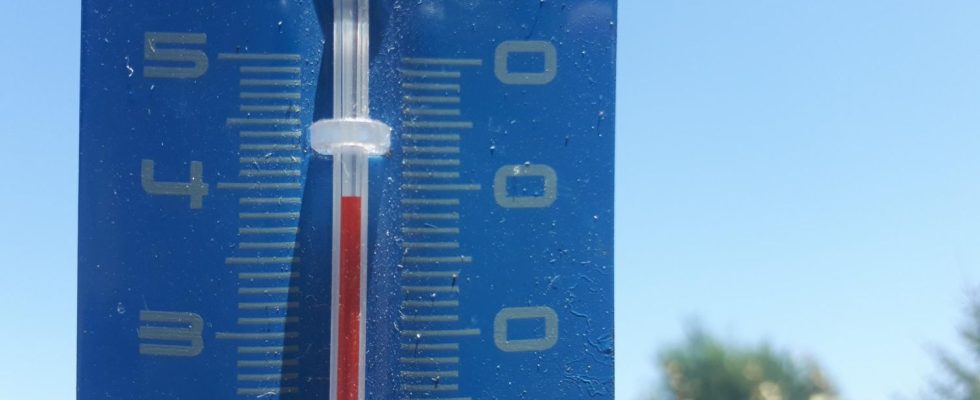From 30 to 11 degrees in just 24 hours… In recent days, the thermometer is doing the splits and playing with our morale. The cause in particular is the jet stream and global warming.
Published
Update
Reading time: 2 min

Hot, cold, hot, cold… it’s not been easy to follow the weather in recent weeks. Morning frosts returned to the North-East on Thursday April 18, just a few days after an exceptionally warm weekend. These temperature fluctuations are usual in spring, but particularly marked in April.
They are firstly due to the jet stream, a high altitude current with very powerful winds which partly governs the European climate and which arrives in our country via the Atlantic. It is not a straight line but rather a current that winds like a wave. It therefore sometimes brings us polar air from the North, still very cold at the end of winter, and other times air from the South, which is warmer. For several weeks this jet stream has continued to undulate with alternating flows from the North and the South, which partly explains these spectacular temperature changes.
Global warming exacerbates the phenomenon
But other factors also come into play, for example, the weekend of April 6 and 7. In addition to the warm air sent by the jet stream, there was a depression over the Atlantic and an anticyclone over the Mediterranean. Like two gears, they brought even more heat to the Maghreb. We broke temperature records before a return of polar air, then another episode of exceptional heat. In Tarbes for example it was 30 degrees on April 6 (monthly record), then 11 degrees three days later, 27 degrees again the following weekend and 12 degrees are expected on Thursday.
In a context of global warming of the planet, when hot air is sent to France it is hotter and hotter, earlier and earlier. When the trend reverses, the fall is mechanically more brutal, which amplifies these temperature changes characteristic of the season. These spectacular fluctuations are not without consequences. In 2021 the trees budded very early with the very early spring, before being hit by a violent episode of frost in April. The consequences were disastrous for arborists, but this scenario risks repeating itself. According to a study by World Weather Attribution, a consortium of scientists, the probability of a similar frost on budding vegetation has increased by 60% in France because of climate change.
